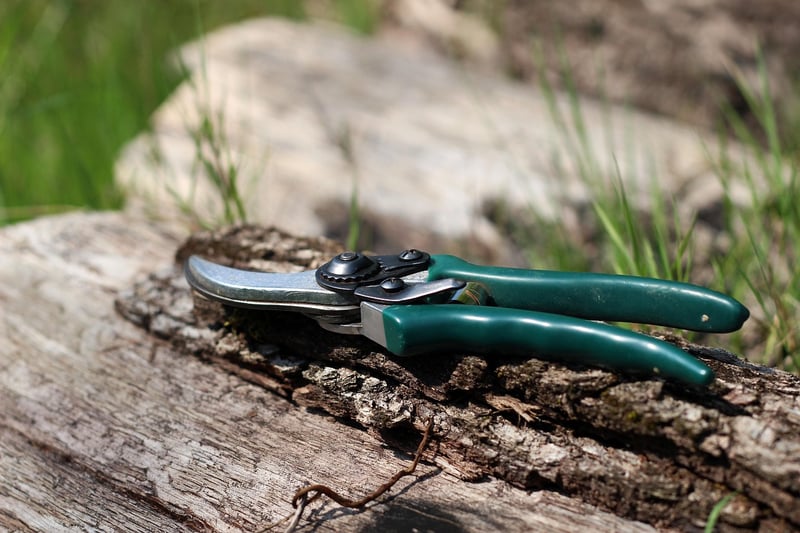Pruning techniques
Keeping Your Plants Healthy: Essential Pruning Techniques
Proper pruning is an essential skill for any plant enthusiast. By using the right techniques, you can promote growth, maintain plant health, and enhance the overall appearance of your green companions. Here are some key tips to help you master the art of pruning:
1. Understand the Basics
Before you start pruning, it's crucial to understand the anatomy of plants. Identify the different parts of a plant, such as buds, nodes, stems, and branches. This knowledge will guide you in making precise cuts without causing harm to your plants.
2. Choose the Right Tools
Invest in high-quality pruning tools like sharp scissors, pruning shears, and loppers. Clean and sharp tools ensure clean cuts, reducing the risk of infections and damage to the plant. Remember to disinfect your tools before and after each use to prevent the spread of diseases.
3. Timing Is Key
Each plant has its own pruning requirements based on its growth pattern and flowering season. Research the specific needs of your plants and prune them at the right time. For example, prune flowering shrubs right after they bloom to encourage new growth.
4. Remove Dead or Diseased Parts
Regularly inspect your plants for dead, damaged, or diseased branches. Pruning these parts not only improves the plant's appearance but also prevents the spread of infections. Cut these branches back to healthy tissue using clean tools.
5. Encourage Growth and Shape
Pruning can help shape your plants and promote healthy growth. Remove overcrowded or crossing branches to improve airflow and sunlight penetration. Additionally, prune to encourage branching and stimulate flowering in fruit-bearing plants.
6. Practice Patience
Take your time when pruning and avoid overdoing it. Remember that plants need time to recover from pruning. Monitor your plants after pruning to ensure they are responding well to the cuts. If you're unsure, start with small cuts and observe how the plant reacts.
7. Seek Professional Advice
If you're new to pruning or dealing with complex plants, don't hesitate to seek advice from gardening experts or horticulturists. They can provide guidance on specific pruning techniques tailored to your plants' needs.
By following these essential pruning techniques, you can keep your plants healthy, vibrant, and flourishing. Remember, pruning is both an art and a science, so practice and experimentation will help you refine your skills over time.
Happy pruning!
 Explore more pruning images on Pixabay
Explore more pruning images on Pixabay
